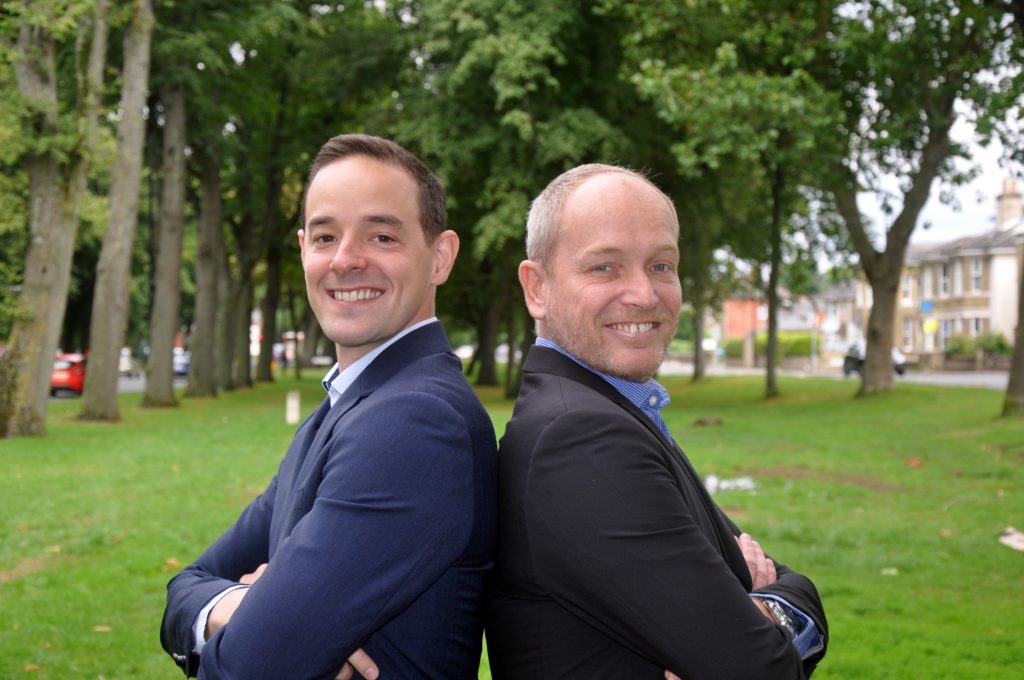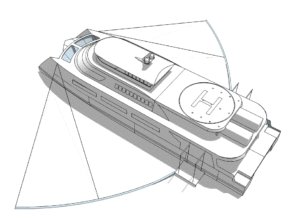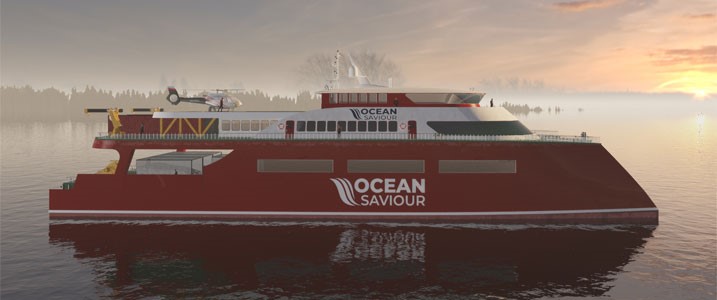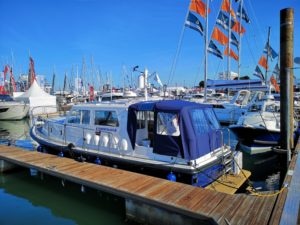Let’s clean up our oceans, save our rivers and watercourses

I met Richard W Roberts when he bounced into TheYachtMarket.com stand at this year’s Southampton Boat Show. He’s a man full of energy who doesn’t mince words.
Mr Roberts went on to tell me he had been thinking, along with his colleague Simon White, that many of us were left devastated by the BBC Blue Planet series presented by Sir David Attenborough and produced by James Honeyborne.
So, compelled by the need to do something to tackle the extraordinary plight of our oceans, Richard and Simon began throwing around some ideas with some of the world’s top naval architects and yacht designers. They were successful in their attempt to look at new ways to bring together existing technologies to tackle the plastics problem that is devastating our oceans, rivers and watercourses.
“I like to come up with these crazy ideas,” insisted Richard. “So I’ve tried to think up some solutions as to how we clear up these ocean problems.”
He outlined how our oceans were under attack from plastics and our first objective was to create an ocean-going boat by the name of Ocean Saviour. “She is a world first, self-powering 70m tri-deck clean-up vessel, purposefully engineered to locate, retrieve and recycle plastic from the ocean to preserve one of our most valuable assets for future generations.”
Richard went on to outline how the Ocean Saviour has a forward facing deployable conveyor located between her hulls, a front conveyor that dips into the water to take waste directly onto the deck to be processed and a Manta Collector Array (MCA) of booms that can be deployed to port and starboard to direct ocean borne plastic waste into an oversized mesh collector.
“What’s more,” he added, “the content of the MCA and side collectors can be craned directly up to the main deck for processing.”

The Ocean Saviour project has begun to take shape and is working in conjunction with several highly regarded organisations and notable figures from across the global marine industry.
These notable figures include designer Ricky Smith, naval architects Dr. Andrew Baglin and Stuart Friezer, David Jones from Just One Ocean, Rory Sinclair from Big Blue Ocean Cleanup, and record-breaking round the world racing legends, Dee Caffari MBE and Mike Golding OBE.
Ricky Smith commented: “Ocean Saviour proposes an environmental revolution whereby we, as a community, undertake the immense and urgent task of physically collecting the plastics from the oceans and waterways.
“The Ocean Saviour project is vast and will require input on many levels. This is a crusade for the liberation of our oceans from the waste created by both our brilliant technology and our disregard of the oceans.”
Dr. Andrew Baglin of Multiphase Design, commented: “I’m delighted to be working alongside Richard, Simon and the team on this project.
“There are several variables when calculating the amount of plastic that can be removed from the water per day, including distance to ports, the operating area of the vessel and the size of the collector array that is installed, all of which are under careful development.
“We produce approximately 300 million tonnes of plastic each year, five times what we produced 50 years ago, and an estimated 8 million tonnes of this ends up in our oceans every year. The Great Pacific Garbage Patch contains an estimated 80,000 tonnes of plastic. A single Ocean Saviour vessel aims to clear five tonnes of plastic per day, that’s nearly two kilotonnes per year.
“This would mean that one Ocean Saviour vessel would take 40 years to clean up the Pacific Ocean using plasma technology, which can therefore be scaled if there was more than one vessel in operation.”


Central to its design are Manta Collector Array collection systems at the side and front of the vessel which will deploy and draw in plastics. The plastics will then be fed into an on board conveyor, chopped finely, milled and processed through an on board plasma gasification facility, which will destroy it completely with minimal atmospheric pollution.
The product of this pioneering process will then be used to fuel the vessel, making it self-powering.
This compact waste destruction process was first implemented for marine use on board the USS Gerald R. Ford Aircraft Carrier, by advanced plasma processing company, PyroGenesis.
The US Navy specified the system for the ship in order to have a highly compact, sailor-friendly means of destroying waste out at sea, as an aircraft carrier can be out for many months without coming to port. The team behind Ocean Saviour is currently investigating several potential partners in relation to the provision of plasma technology.
The design team collaborating with Ocean Saviour have recommended a large-scale catamaran as the most economical and stable option on the water. The open plan lower deck will be one of the main working areas of the vessel and has been specially designed to allow ventilation with hinged storm shutters which offer protection against the weather.
This entire deck is dedicated to plastic removal and industrial scale recycling. Mid-deck is home to two 12m containers which will offer research laboratory facilities or VIP accommodation options and bulk storage area, aft of the crew quarters. While the curved front windows are reflective of a superyacht in its design, the purpose is far more utilitarian as it will lessen the impact of rogue waves, green water and windage and offer maximum visibility for the crew. The wheelhouse is located on the third deck which will also house the main crew areas and helipad.
After a lengthy discussion with Messrs Roberts and White, I have to say I look forward to their plans reaching fruition and helping stop the plastic revolution that is clogging up our oceans and rivers. Good luck to them all…
All vessel illustrations courtesy © Stuart Friezer Marine, Multiphase Design & Ricky Smith Designs.











having just returned from Southampton show
we need to cut out single use plastics,
Guinness stand
takeaway stalls
cable ties
BMIF need to implement this ban to decrease the pollution
Keiron, I agree.
British Marine, the show’s organiser has launched a three year environmental pledge for the show which includes moving away from single use plastics and ensuring all seafood is from sustainable sources.
This year’s show was considerably more ecofriendly than prior years; however, as you correctly point out, there is more work to do. I’m very encouraged that British Marine have set a relatively short timescale to fully implement these changes.